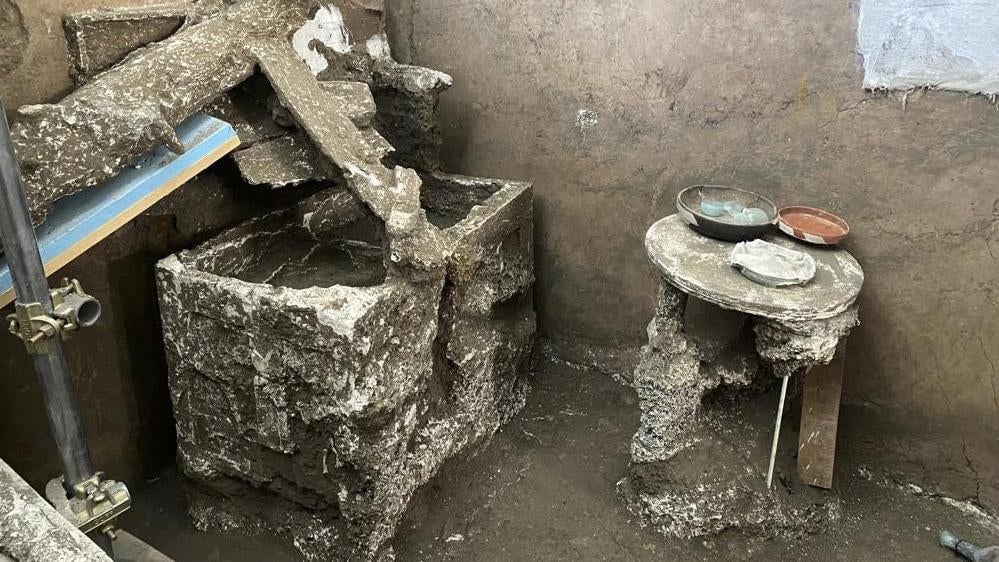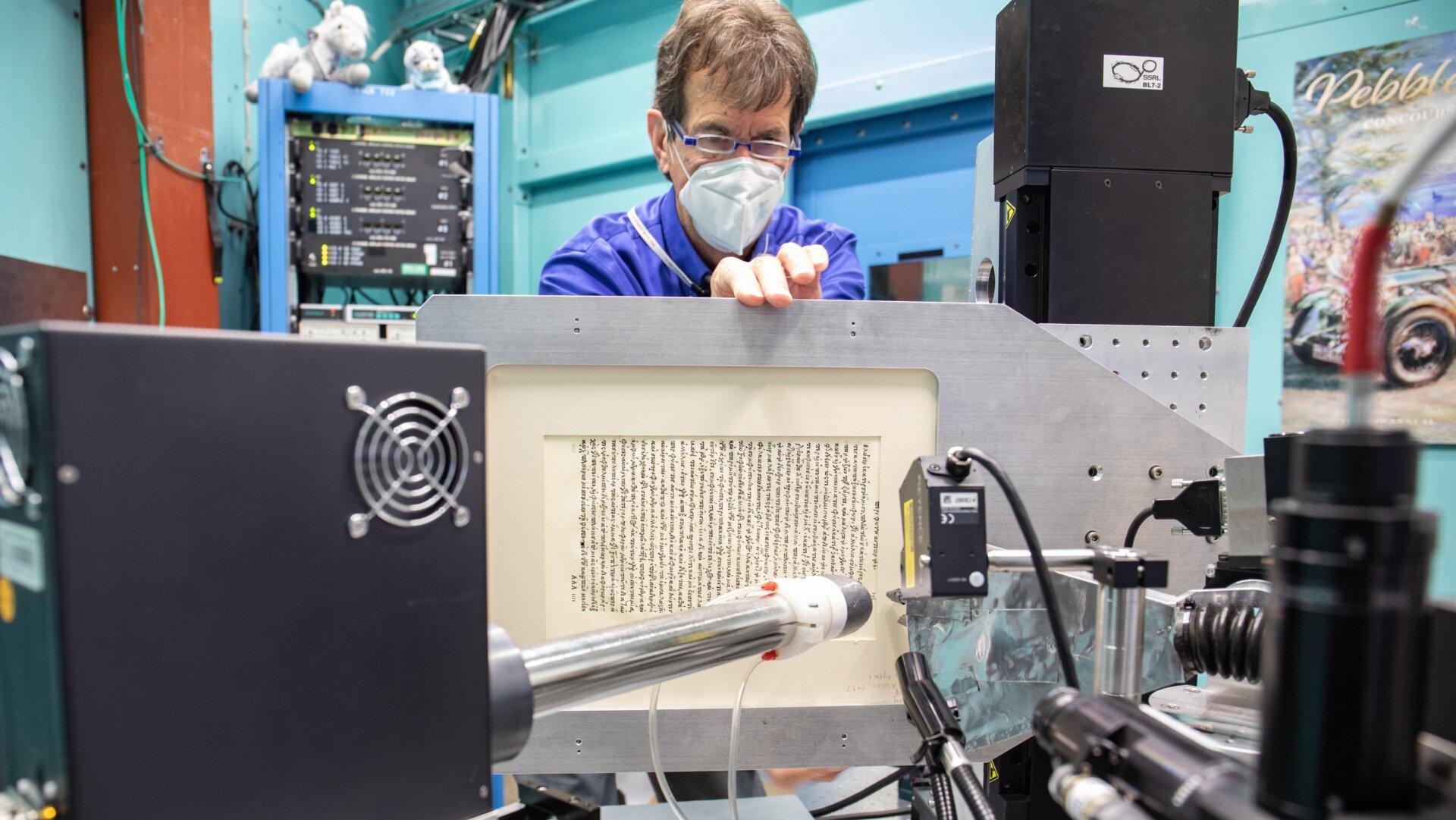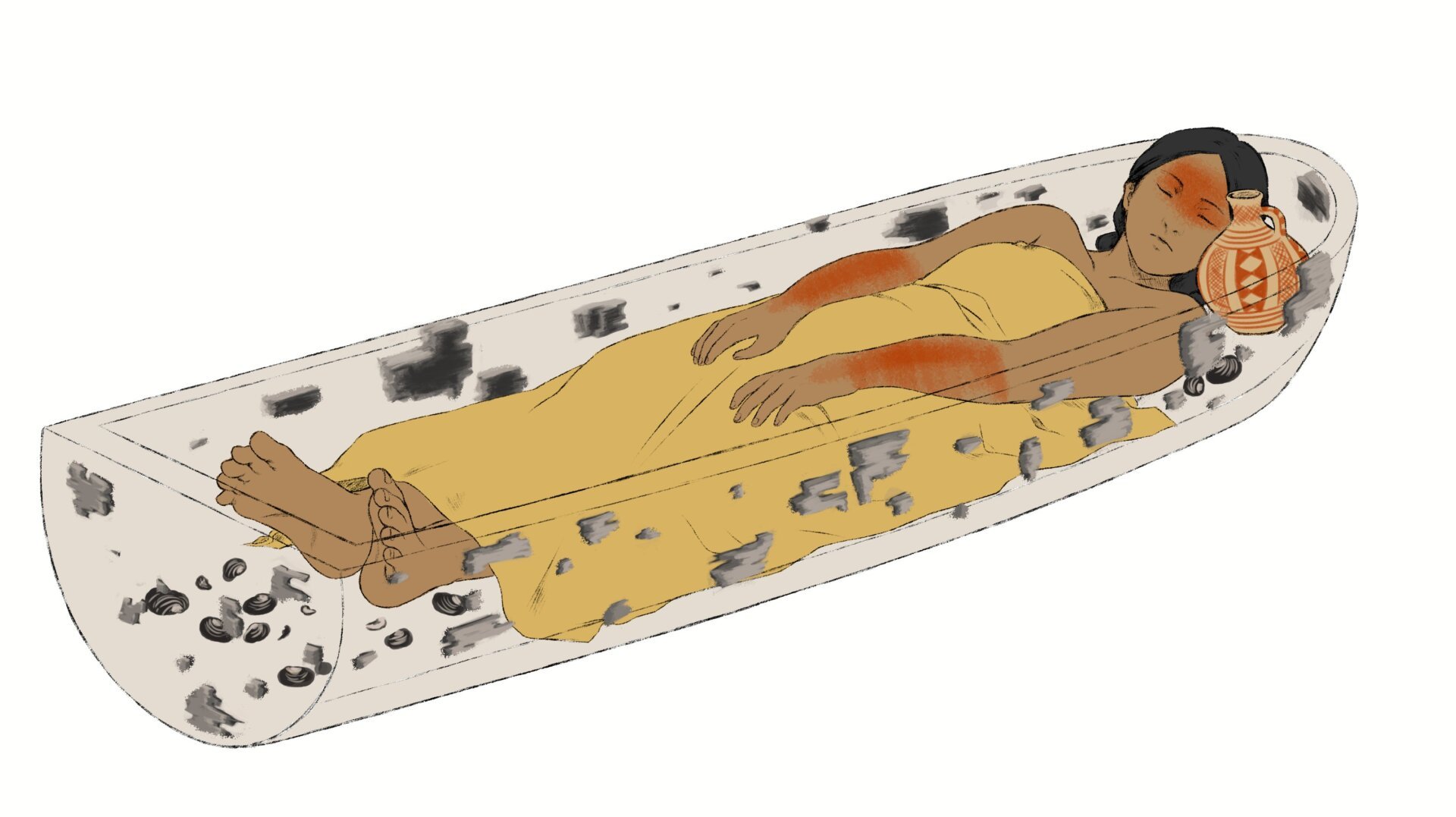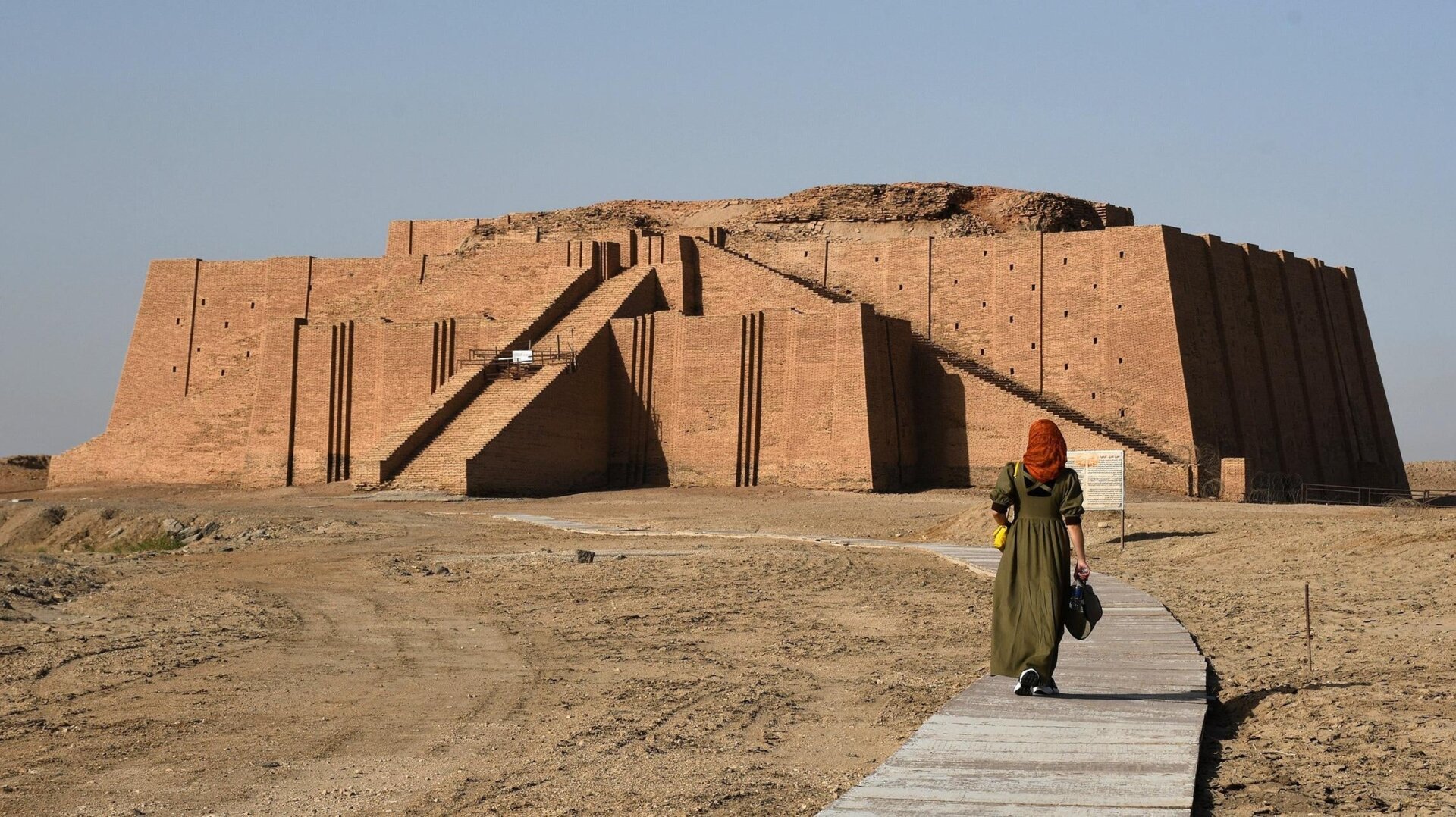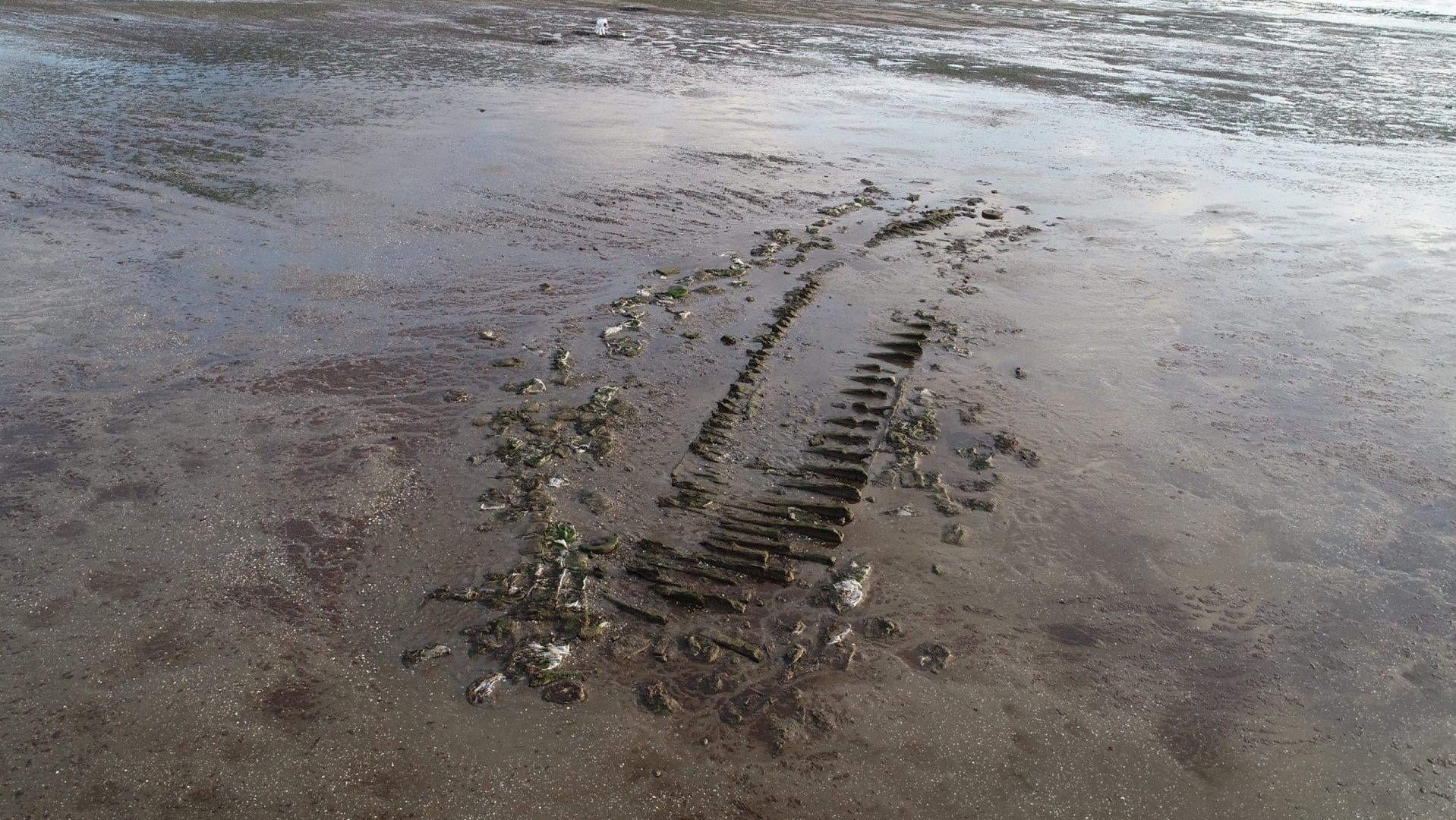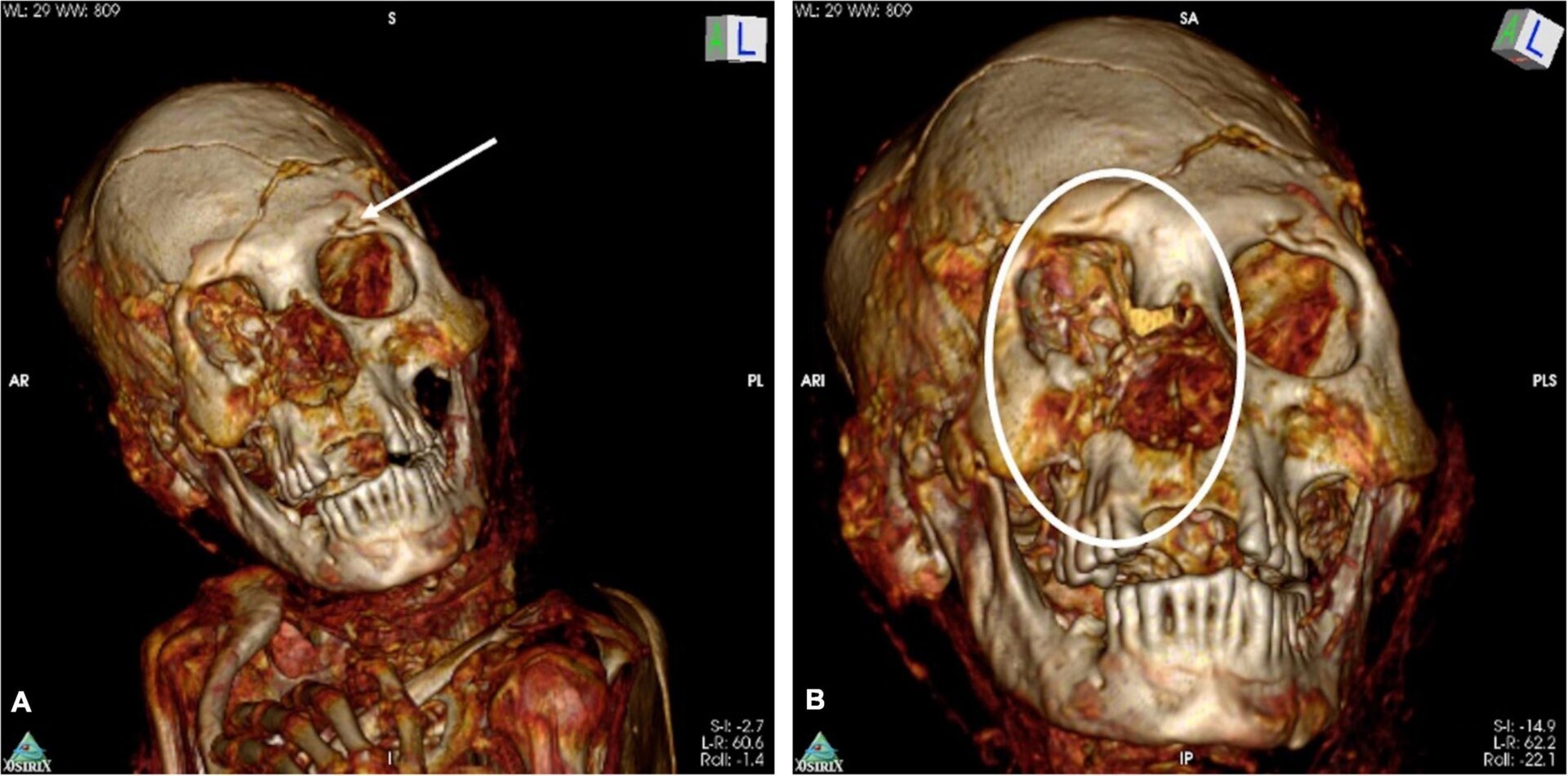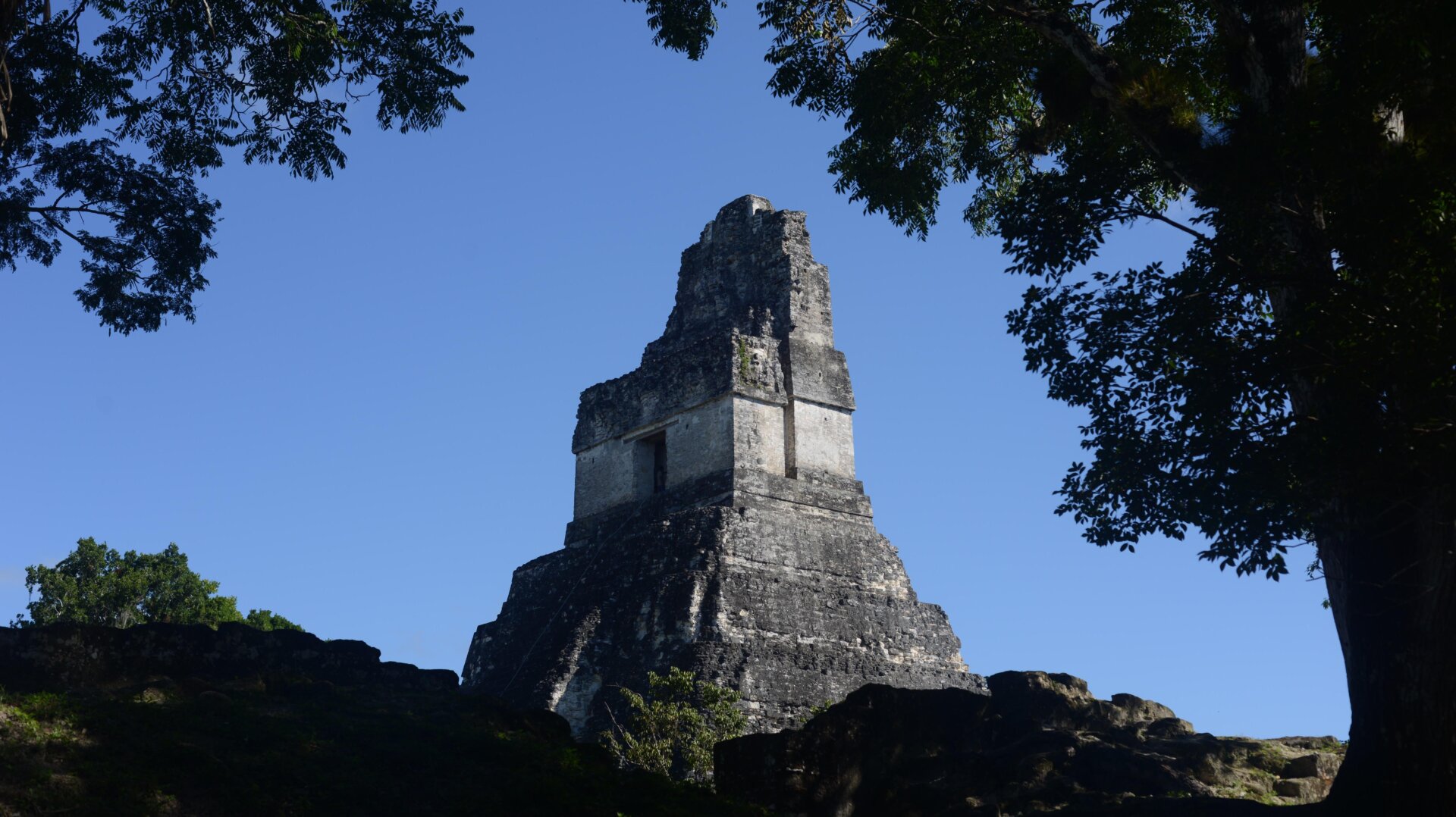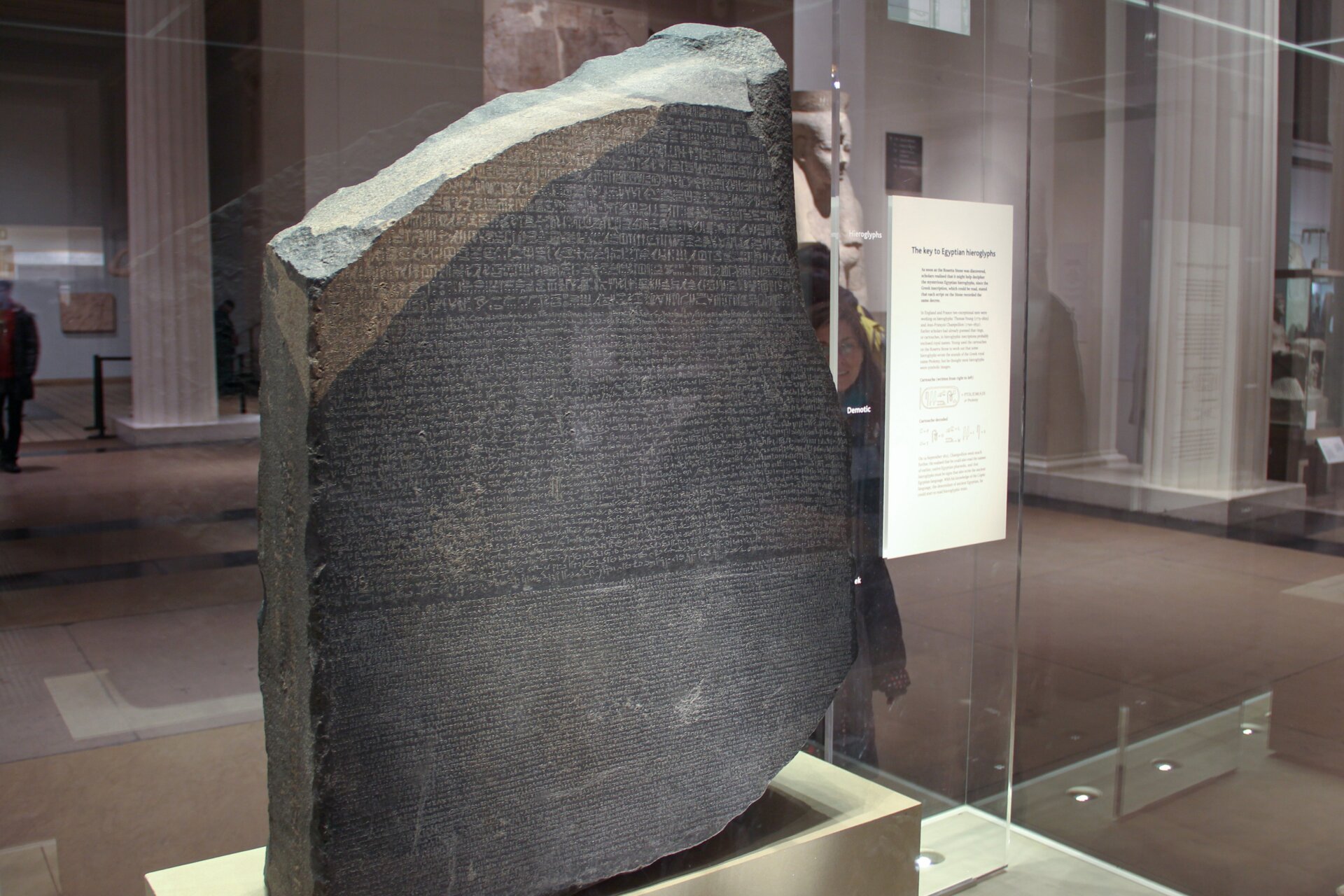The ruins of Pompeii continue to offer glimpses into the lives of its ancient inhabitants. Recent excavations at the House of the Lararium, a middle-class residence on the city’s northern side, have unveiled several furnished rooms, providing valuable insights into daily life before the catastrophic eruption of Mount Vesuvius in 79 CE.
The eruption, which buried Pompeii and Herculaneum in ash, preserved these ancient Roman cities for nearly 2,000 years. Rediscovered in the 18th century, these sites offer a wealth of information about Roman life in the first century CE, including details about their diet, lifestyle, social structure, and ultimately, their demise.
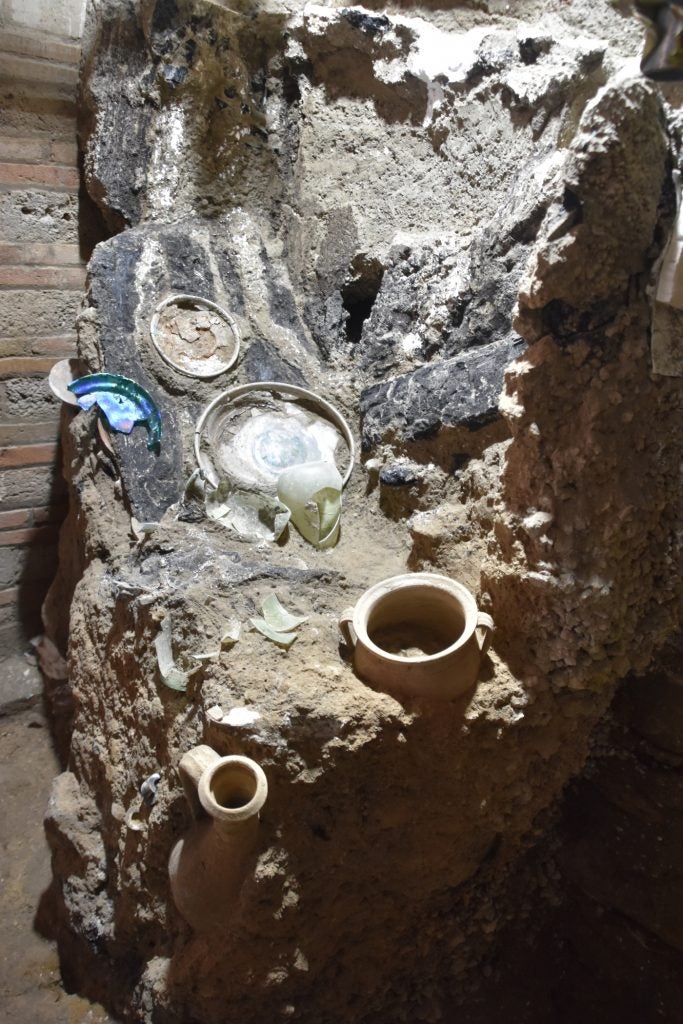 A view of the excavated rooms at the House of the Lararium in Pompeii, showing remnants of daily life.
A view of the excavated rooms at the House of the Lararium in Pompeii, showing remnants of daily life.
The House of the Lararium, located in Pompeii’s Regio V, a 54-acre area on the city’s northern edge, was initially uncovered in 2018. This region has been the focus of recent archaeological activity, yielding significant finds such as a Roman snack bar (thermopolium), a headless skeleton (later reunited with its skull), and charcoal graffiti suggesting a later eruption date than previously believed. The house derives its name from the “lares,” guardian deities of households and communities, honored in a dedicated wall niche. The surrounding walls feature vibrant murals depicting plants, birds, and hunting scenes.
Everyday Life in a Middle-Class Roman Home
Gabriel Zuchtriegel, director of Pompeii’s archaeological park, suggests that the house likely belonged to a middle-class family. This segment of Roman society often faced economic challenges and social mobility aspirations. Their vulnerability to political instability and food shortages contrasted with their ambition to ascend the social ladder. The recent excavation, expanding the site’s exploration, revealed two additional rooms on both floors, further illuminating their lives.
 Close-up of the cinerite, or volcanic ash, covering the floor of the house, alongside amphorae and plates.
Close-up of the cinerite, or volcanic ash, covering the floor of the house, alongside amphorae and plates.
These newly excavated rooms contained chests and cabinets filled with everyday tableware: plates, vases, and amphorae. More unique objects were also discovered, including a cradle-shaped incense burner, an oil lamp portraying Zeus transforming into an eagle, and the remnants of a bedframe with traces of pillow fabric. This bed, more akin to a cot, lacked a mattress, consisting of fabric stretched over rope netting.
A Sudden End: Frozen Moments in Time
The suddenness of the eruption’s impact is evident in the state of the rooms. Ceiling beams and planks had collapsed onto a chest in one room, yet plates remained undisturbed on a three-legged table in another, a poignant snapshot of the abrupt interruption of daily life for Pompeii’s residents.
 Remnants of a bed frame and fabric found in one of the excavated rooms at the House of the Lararium, Pompeii.
Remnants of a bed frame and fabric found in one of the excavated rooms at the House of the Lararium, Pompeii.
Massimo Osanna, Italy’s director general of museums, emphasizes the ongoing significance of Pompeii as a continuous source of discovery and learning. The House of the Lararium stands as a testament to this, offering a unique window into the lives of Pompeii’s middle class and the dramatic final moments of a vibrant Roman city.



